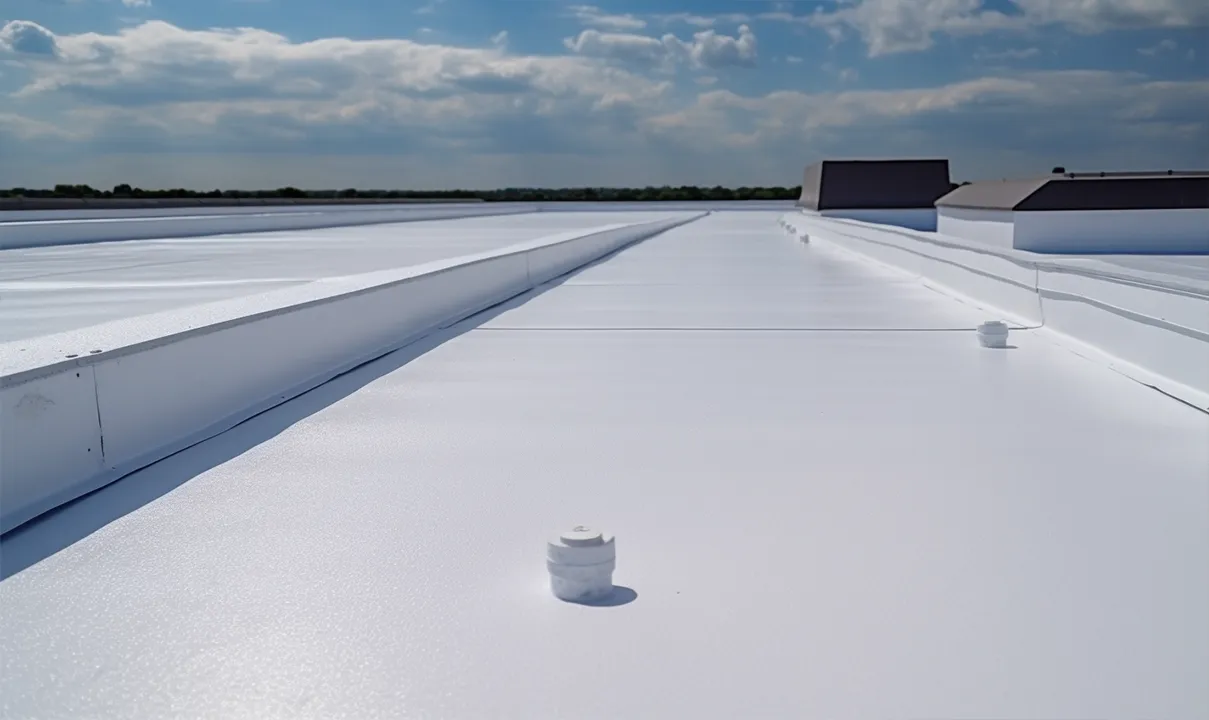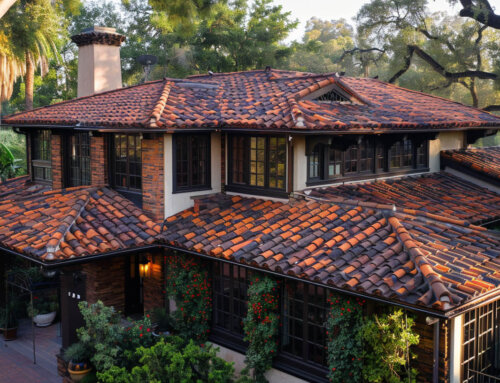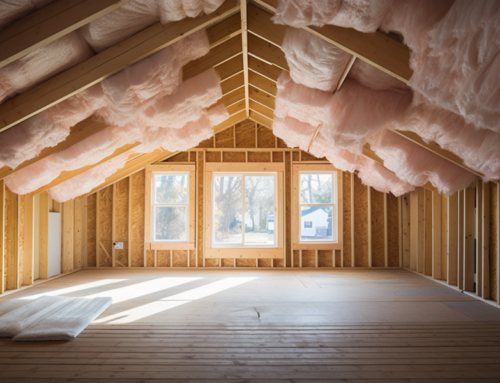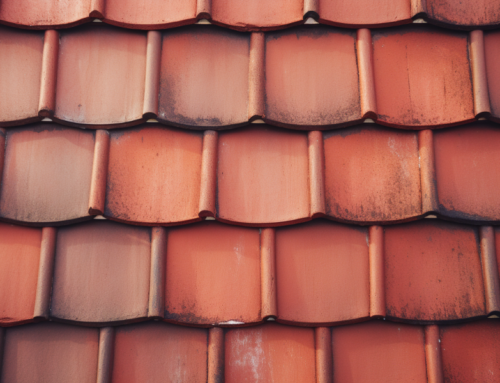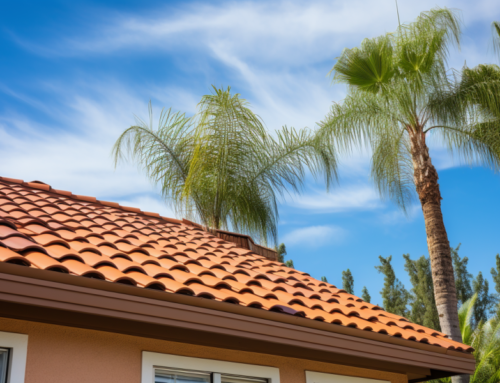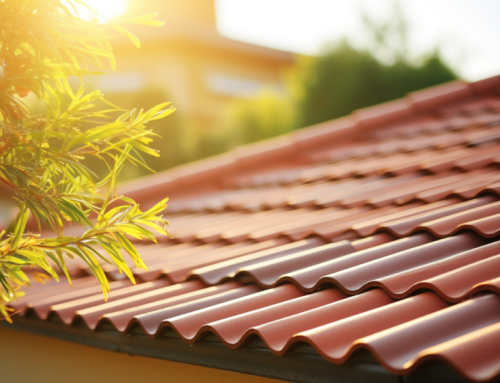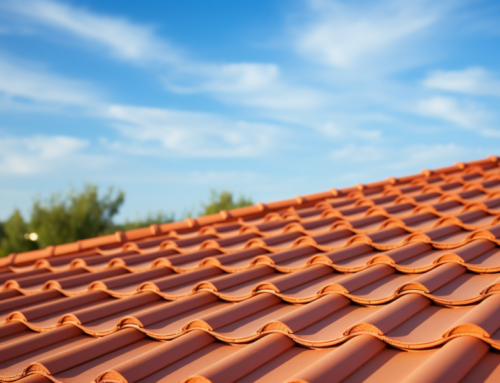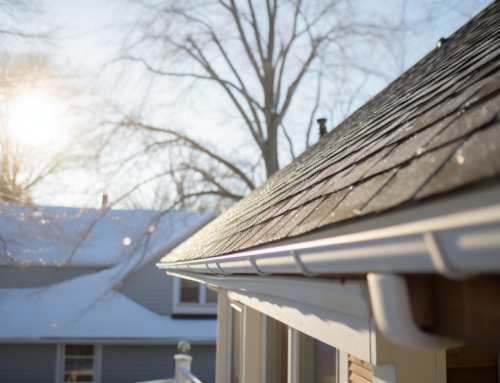You may wonder, “What does TPO roofing stand for?” Well, let’s delve into TPO roofing, explore its unique features, understand its advantages, and understand why it’s a favorite among the National Roofing Contractors Association.
What Does TPO Roofing Stand For?
TPO stands for Thermoplastic Polyolefin, a single-ply roofing membrane gaining popularity in the commercial and residential roofing markets. This roofing material is renowned for its heat-reflective properties, energy efficiency, and resistance to UV rays, chemical exposure, and other environmental factors.
It’s a modern solution every commercial roofing contractor and homeowner turns to when they need a durable, energy-efficient roofing system for flat roofs. And the popularity of TPO membranes just keeps growing.
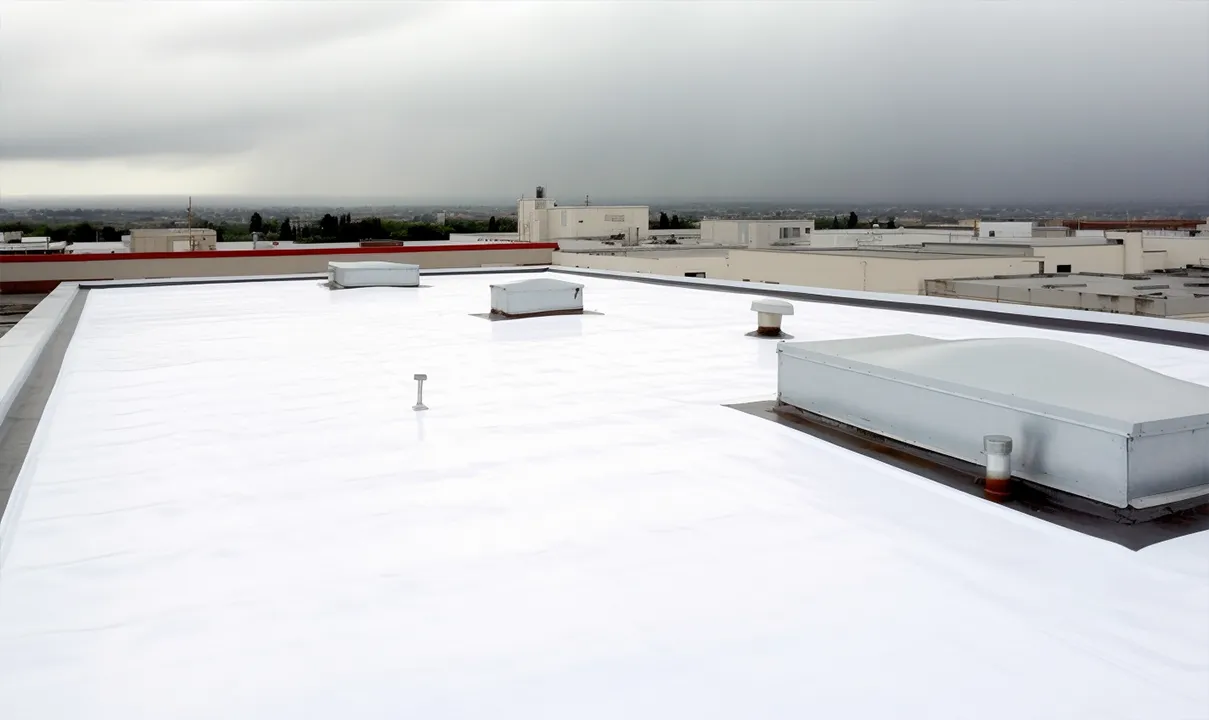
Features of TPO Roofing
What are the features of a TPO membrane? Understanding this will help you make a more informed decision. They include:
Durability and Performance
The TPO roofing membrane stands out for its exceptional durability and performance. It features a reinforcing scrim, significantly enhancing the roofing material’s resilience. This added strength helps the membrane withstand a wide range of environmental factors, increasing its lifespan.
Moreover, whether it’s chemically adhered or mechanically attached to the roof, the TPO system maintains its integrity. Heat-welded seams secure the membrane, forming a water-tight bond. This durable and robust attachment method ensures the TPO roof remains secure, even under extreme weather conditions.
Reflectivity and Energy Efficiency
TPO roofs possess superior reflective properties. This characteristic allows them to reflect UV rays, a feature that substantially reduces the heat island effect. This high reflectivity sets TPO roofing apart from rubber roofs, EPDM, and other synthetics.
In terms of energy efficiency, TPO roofing systems are top-tier. The reflective surface keeps building interiors cooler, reducing the demand for air conditioning. TPO roofs promote significant energy savings by lowering energy use, making them an excellent choice for environmentally conscious businesses and homeowners.
Versatility and Installation Ease
TPO roofing materials offer remarkable versatility. The membrane can cover flat roofs in a single layer, backed by insulation. This design simplicity allows for straightforward and efficient TPO roofing installation, a benefit that commercial roofing contractors appreciate.
Moreover, TPO roofing materials come in various colors, although white is the most common. This variety provides aesthetic flexibility. It enables architects and building owners to match the roof color with the rest of the building’s design. Regardless of the chosen color, the energy efficiency and durability of the TPO system remain consistent.
Resistance to Chemical Exposure
TPO material exhibits high resistance to various chemicals. This attribute makes it more durable in environments where other roofing materials might degrade over time. It’s an essential characteristic, especially in commercial settings, where roofs might encounter a range of chemical exposures.
Contrary to rubber roofs or ethylene propylene rubber systems, TPO roofing systems withstand chemical exposure without significant damage. This resistance contributes to the material’s longevity, providing peace of mind for property owners who need a reliable, low-maintenance roofing solution.

Advantages of TPO Roofing
The best way to know if a TPO roof is the right choice is by considering its advantages. They include the following:
Cost-Effective
TPO roofing materials often cost less per square foot than alternatives. This cost-effectiveness makes them ideal for large commercial projects. Budget-conscious homeowners also benefit from this affordability, making TPO a go-to option in various scenarios.
Moreover, the lower cost doesn’t compromise quality. TPO roofing offers superior performance and durability, proving that economical can also mean effective. This balance makes TPO an excellent value-for-money proposition.
Durable and Impact-Resistant
TPO roofing membrane resists tears, punctures, and impact damage. This durability gives it an edge over some other roofing materials. Building owners can rely on TPO to protect their properties, even under harsh conditions.
Additionally, TPO material is flexible, allowing for building movement or settling. This flexibility helps to prevent cracks and damage over time, enhancing the roofing system’s lifespan.
Energy-Efficient
TPO roofs provide substantial energy savings. Their heat-reflective properties help to reduce interior temperatures. This characteristic means less reliance on air conditioning, leading to lower energy consumption.
Furthermore, this energy efficiency isn’t seasonal. TPO roofs perform excellently all year round, contributing to consistent energy savings. That’s another reason they’re a favorite in residential and commercial roofing.
Environmentally Friendly
Finally, TPO roofing materials are 100% recyclable. This environmental friendliness is an advantage in an increasingly eco-conscious world. With TPO, you can feel good about choosing a sustainable roofing option.
Recyclability doesn’t mean a compromise on performance. TPO roofs deliver all their benefits while being kinder to the planet. They’re proof that a roofing solution can be both high-performing and eco-friendly.
Limitations of TPO Roofing
It is also important to consider the limitations of these roofs. This can help you make a more informed decision. They include:
Limited Lifespan
Compared to some other roofing options, TPO roofs have a relatively shorter lifespan. The average TPO roof can last between 15 to 20 years. Despite its durability and resistance to various environmental factors, long-term exposure to extreme weather conditions can affect its longevity.
Color Fading
While TPO roofing comes in a variety of colors, there are reports of certain colored TPO roofs, especially darker shades, fading over time. This can affect the aesthetic appeal of the building. However, the color fading does not impact the roofing material’s functionality or performance.
Inconsistent Quality
Not all TPO roofing materials are created equal. There can be significant variations in quality between different manufacturers. Thus, careful selection of your TPO roofing contractor and material is necessary to ensure optimal performance.
Final Thought
Selecting a roofing system is a balance of cost, durability, and energy efficiency. TPO roofing emerges as a compelling choice, offering a chemically resistant and heat-reflective solution. It’s both cost-effective and simple to install. For your next roofing project, consider the versatile and efficient TPO system.
And if you want to get its full benefits, hire the most competent roofer. This is where San Diego County Roofing & Solar comes in. It has the longest experience in TPO roofs.

